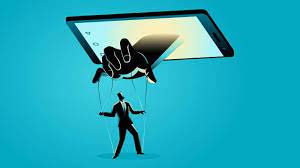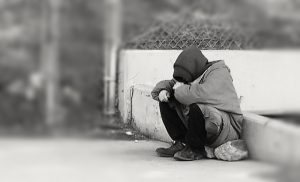by Marie Snyder
 Now that the hangover from New Year’s Eve is abating for many, and we might be freshly open to some self-improvement, consider a Buddhist view of using meditation to tackle addictions. I don’t just mean for substance abuse, but also for that incessant drive to check social media just once more before starting our day or before we finally lull ourselves to sleep by the light of our devices, or the drive to buy the store out of chocolates at boxing day sales. Not that there’s anything wrong with that on its own– it’s a sale after all–but when actions are compulsive instead of intentional, then this can be a different way of approaching the problem from the typical route. I’m not a mental health professional, but this is something I’ve finally tried with earnest and found helpful, but it took a very different understanding of it all to get just this far (which is still pretty far from where I’d like to be).
Now that the hangover from New Year’s Eve is abating for many, and we might be freshly open to some self-improvement, consider a Buddhist view of using meditation to tackle addictions. I don’t just mean for substance abuse, but also for that incessant drive to check social media just once more before starting our day or before we finally lull ourselves to sleep by the light of our devices, or the drive to buy the store out of chocolates at boxing day sales. Not that there’s anything wrong with that on its own– it’s a sale after all–but when actions are compulsive instead of intentional, then this can be a different way of approaching the problem from the typical route. I’m not a mental health professional, but this is something I’ve finally tried with earnest and found helpful, but it took a very different understanding of it all to get just this far (which is still pretty far from where I’d like to be).
Meditation is not about escaping the world but sharpening our awareness of it. Addiction comes from the Latin dicere, related to the root of the word dictator. It’s like having an internal dictator usurping our agency. And Buddhist mindfulness meditation can help to notice that voice and then turn the volume down on it so we can get our lives back.
In many ways the Buddhist perception is closer to Stoicism than to Freudian tactics, but don’t toss the baby out with the bathwater. Many people benefit from the psychoanalytical method of finding themselves before they can work on losing themselves. This is particularly true with traumatic experiences that might need to be worked through enough before allowing the mind to wander into dark recesses unrestrained. Read more »

